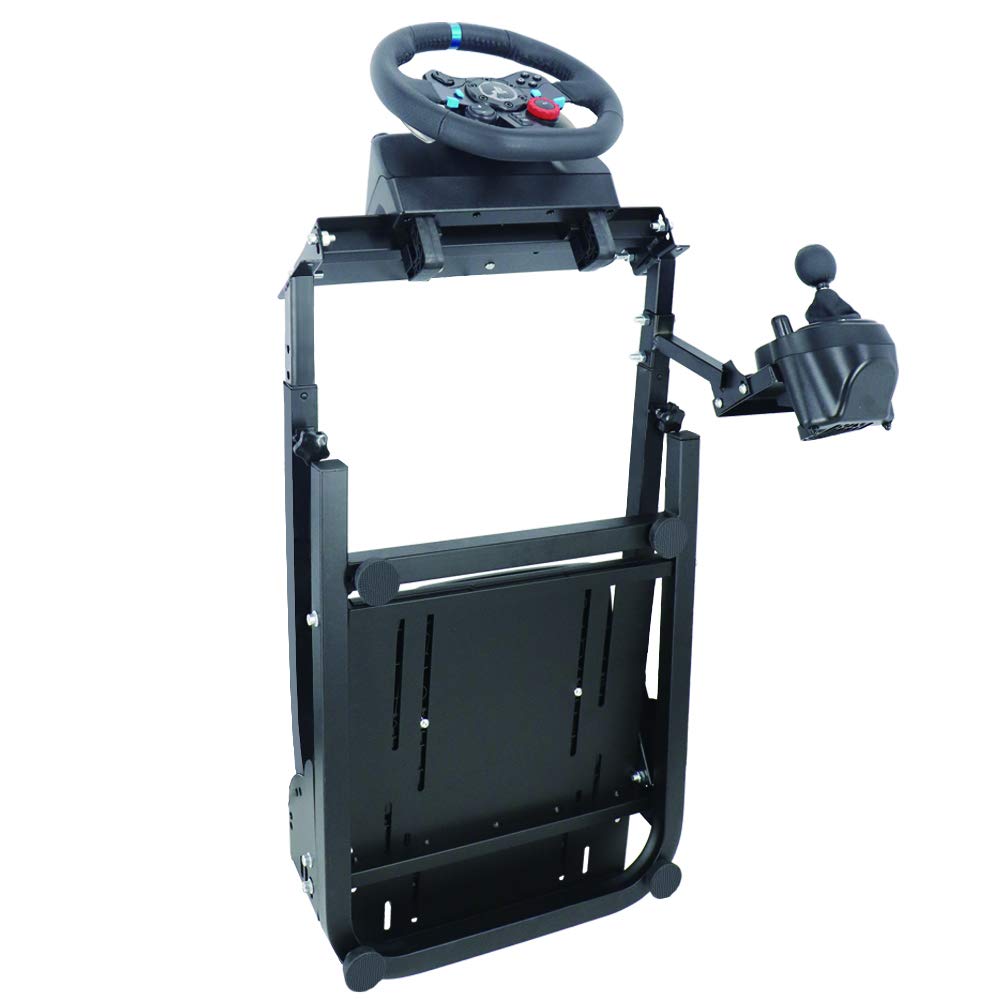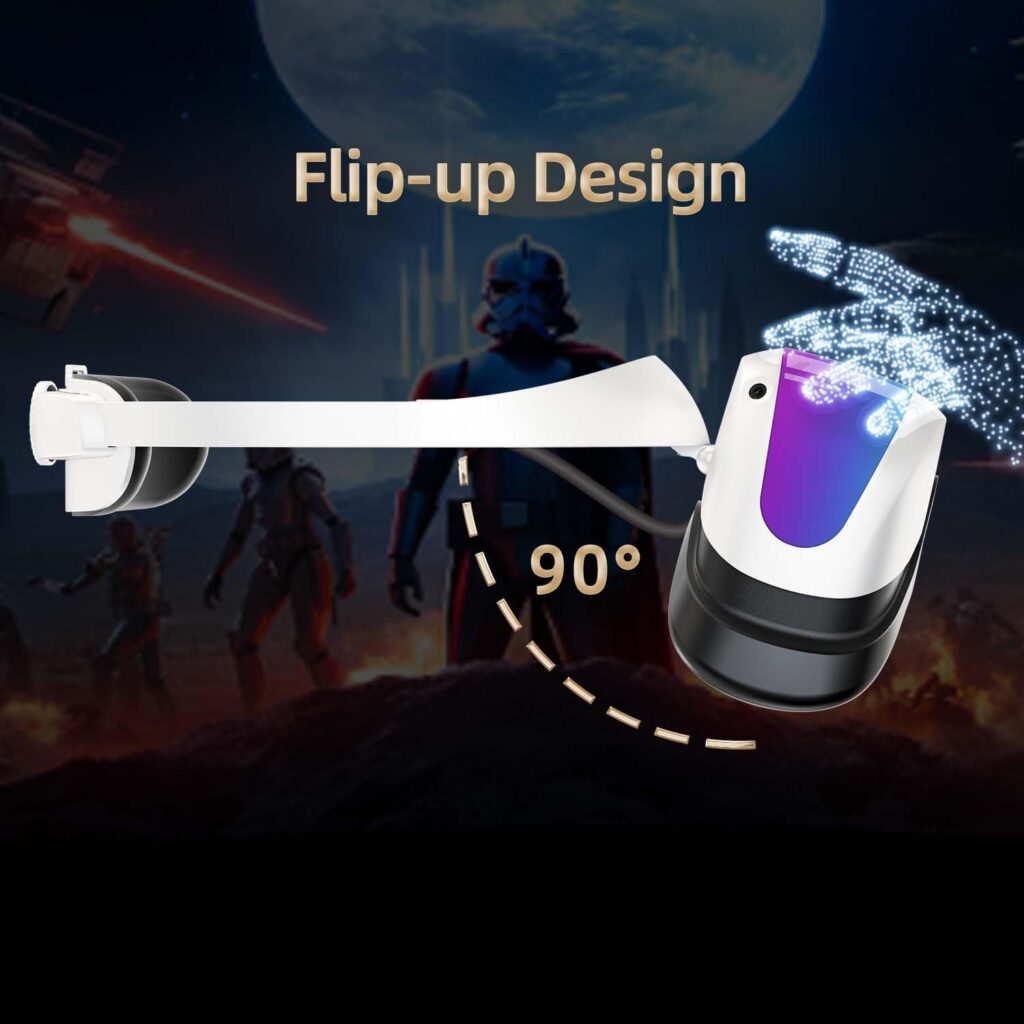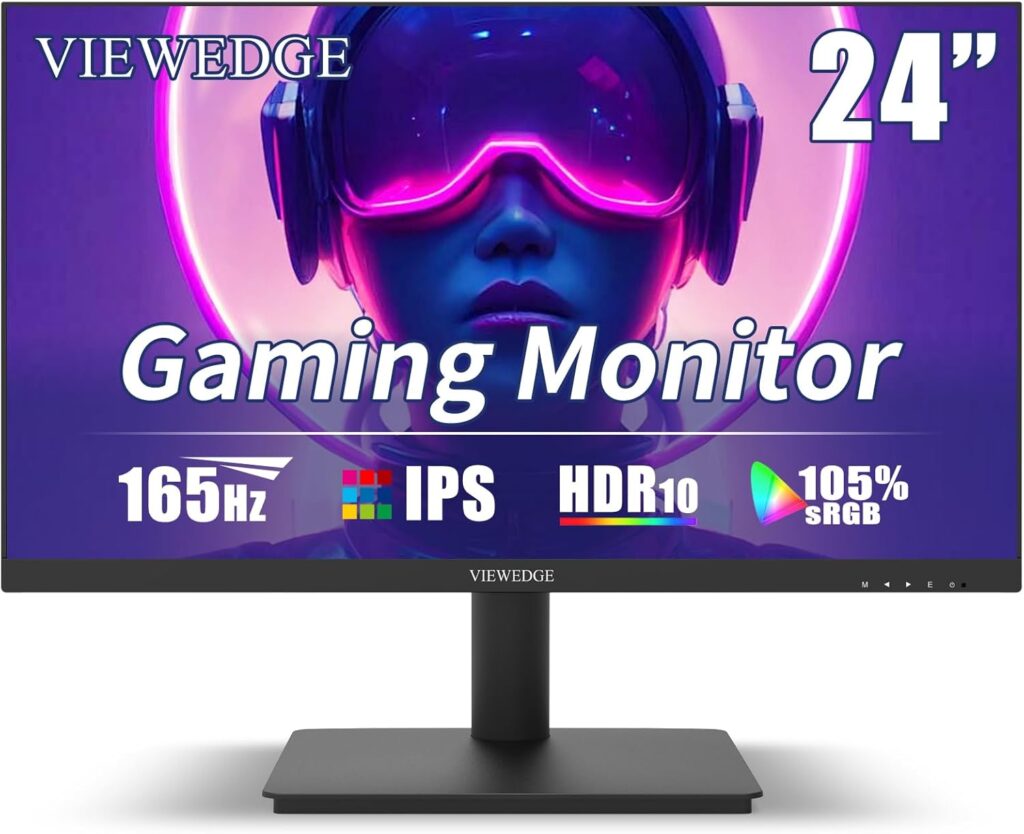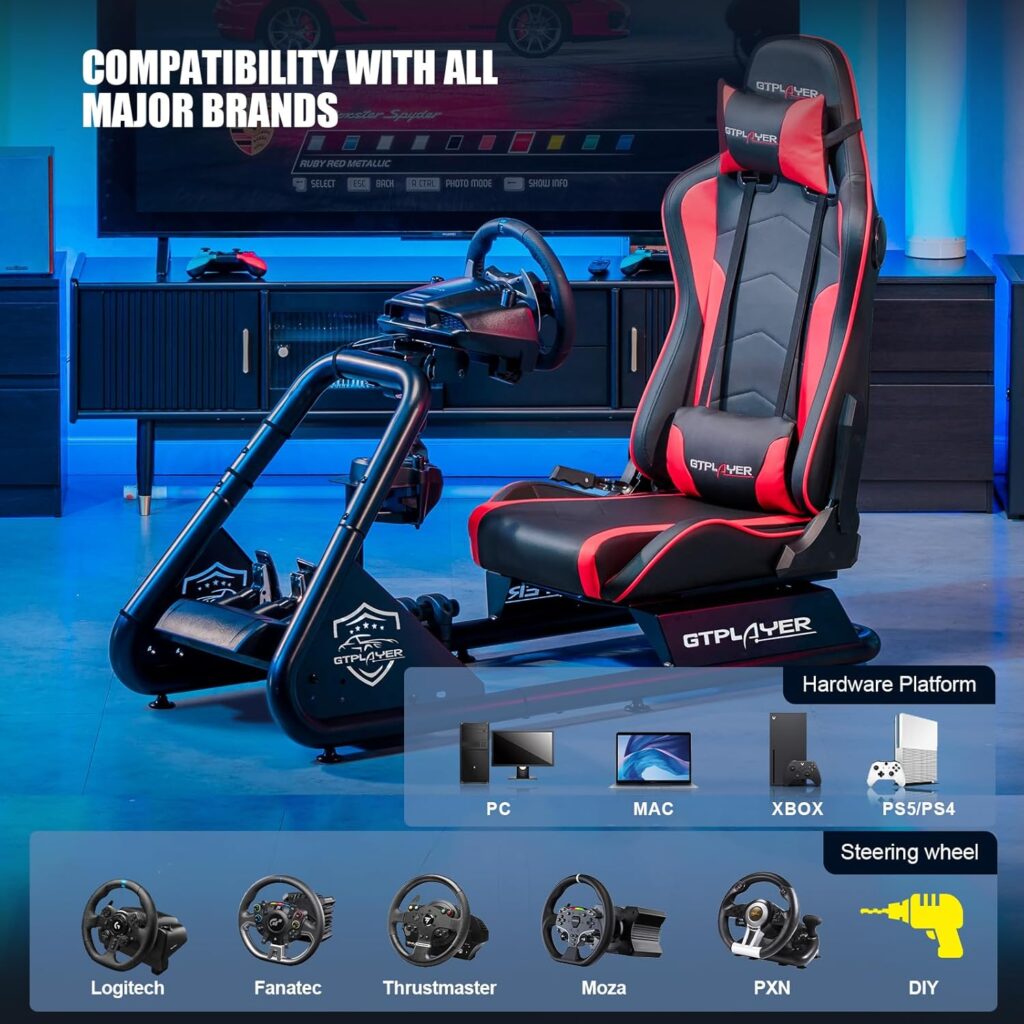Embark on the thrilling journey of sim racing, where you can experience the exhilaration of being behind the wheel without leaving the comfort of your own home.
Just like a skilled conductor leading an orchestra, you will navigate the virtual tracks with precision and finesse, feeling every turn, every acceleration, and every victory as if it were reality itself.
But where do you begin? How do you navigate the vast world of sim racing and emerge victorious on the virtual podium?
In this comprehensive guide, we will unravel the secrets of sim racing, equipping you with the knowledge and skills to conquer the digital race tracks.
So, strap in, tighten your grip, and prepare for the ride of a lifetime.
Key Takeaways
- Sim racing provides an authentic driving experience through virtual reality and high-performance racing.
- A high-quality racing wheel and pedal set are essential for precise control and force feedback.
- Sim racing accurately replicates the physics of real racing, including tire wear and vehicle handling.
- Regular practice and studying telemetry data are crucial for improving skills and techniques in sim racing.
What Is Sim Racing?
Sim racing, a captivating blend of virtual reality and high-performance racing, provides an exhilarating and authentic driving experience for beginners and seasoned players alike. If you've ever dreamed of getting behind the wheel of a high-speed race car and feeling the adrenaline rush of competing on the track, sim racing is the perfect way to make that dream a reality. Sim racing games, such as the popular titles like Gran Turismo and iRacing, allow you to strap into a virtual cockpit and race against opponents from around the world.
To fully immerse yourself in the sim racing experience, you'll need the right equipment. A beginner sim racing setup typically includes a racing wheel, pedals, and a wheelbase. The racing wheel is the primary tool for controlling your virtual vehicle, while the pedals allow you to accelerate, brake, and clutch, just like in a real car. The wheelbase connects the wheel and pedals to your gaming console or PC, providing a realistic and responsive driving experience.
When it comes to sim racing gear, there are various options available to suit different preferences and budgets. Some racing wheels offer force feedback, which provides realistic feedback on the road surface, while others may have adjustable tension settings to customize the driving experience. Similarly, pedals can range from basic models to more advanced ones with load cell technology, which accurately measures the pressure applied to each pedal.
To enhance your sim racing experience even further, you might consider investing in a sim racing rig. A rig provides a sturdy and adjustable platform to mount your racing wheel, pedals, and other accessories, offering a more comfortable and realistic driving position. Some rigs even feature additional accessories like gear shifters and handbrakes to further enhance the immersion.
Now that you have a basic understanding of what sim racing is and the equipment involved, you're ready to dive into the exciting world of virtual racing. Whether you're a beginner or a seasoned player, sim racing offers an incredible opportunity to experience the thrill of high-speed racing from the comfort of your own home. So buckle up, get behind the wheel, and prepare for an adrenaline-fueled journey into the world of sim racing.
The Origins of Sim Racing
In the early 1980s, the world witnessed the birth of a revolutionary concept that would forever change the landscape of gaming and racing – the origins of sim racing. Sim racing, short for simulation racing, is a form of racing where players use high-end simulators to experience the thrill and challenges of real-world racing in a virtual environment.
It all started with the development of early racing simulators and arcade games that aimed to replicate the excitement of being behind the wheel. As computer technology advanced, sim racing evolved from simple 2D games to highly realistic 3D simulations. The first widely recognized sim racing game, 'Indianapolis 500: The Simulation,' was released in 1989. It featured detailed physics and realistic car handling, setting a new standard for sim racing experiences.
The origins of sim racing can be linked to the desire to replicate the feeling of driving a race car. To achieve this, players use a setup that includes a wheel, pedals, and sometimes even force feedback, which provides a realistic steering feel. Today, sim racing is predominantly played on PCs, with dedicated wheels and pedals that deliver a more immersive experience.
The emergence of online multiplayer gaming in the 1990s further propelled the growth of sim racing. Players could now compete against each other in virtual racing environments, adding a new level of excitement and competition.
Sim racing continues to gain popularity, attracting both casual gamers and dedicated racing enthusiasts. With advancements in technology, the virtual racing experience is becoming more realistic and immersive than ever before. Whether you're a seasoned racer or a beginner, sim racing offers an exciting and challenging way to satisfy your need for speed.
How Realistic Is Sim Racing?
As you delve into the world of sim racing, you may be wondering just how realistic this virtual racing experience can be. Well, let me assure you that sim racing has come a long way in terms of realism. Here are three reasons why sim racing can offer a truly authentic racing experience:
- Gran Turismo: Games like Gran Turismo have set the benchmark for realistic sim racing. With meticulously recreated tracks and a wide range of real-world cars, Gran Turismo provides an immersive racing experience that rivals the real thing.
- Racing Wheel and Pedals: Investing in a quality racing wheel and pedals is essential for an authentic sim racing experience. These peripherals offer precise control and force feedback, allowing you to feel the road and make subtle adjustments just like in real racing.
- Racing Simulators: Professional race car drivers and teams often turn to sim racing as a training tool due to its high level of realism. Racing simulators combine advanced motion platforms and virtual reality to provide an unparalleled immersive experience. These simulators accurately replicate the physics of real racing, including tire wear, aerodynamics, and vehicle handling.
Essential Sim Racing Equipment
To fully immerse yourself in the world of sim racing, it's crucial to have the essential equipment that will enhance your racing experience.
One of the most important components is a high-quality racing wheel. Sim racing steering wheels are specifically designed for gaming and provide precise control and force feedback, making you feel like you're really on the track. For the best experience, consider investing in direct drive wheels, which offer even more realistic force feedback.
In addition to the racing wheel, a pedal set is essential for realistic driving control. These sets usually include an accelerator, brake, and clutch pedal, allowing you to accurately modulate your speed and braking.
To ensure stability and adjustability, a sim rig or wheel stand is necessary. These rigs are designed to securely mount your racing wheel and pedals, providing a comfortable and immersive racing experience.
To further enhance your sim racing setup, you can consider additional peripherals such as shifters, handbrakes, and button boxes. These can add even more realism and convenience to your racing sessions.
Lastly, a high-quality monitor or a series of monitors is crucial for the visual display of the racing simulation. This will offer an immersive experience and allow you to fully appreciate the stunning graphics and details of the virtual tracks.
Mastering Sim Racing Techniques
Mastering sim racing techniques is essential for improving your racing skills and achieving success on the virtual track. Here are three key techniques to focus on:
- Learn and practice racing lines: Understanding the optimal racing line is crucial for maximizing your speed and efficiency around corners. By taking the right approach, apexing at the correct point, and maintaining a smooth trajectory, you can shave valuable seconds off your lap times.
- Master manual transmission: While automatic transmission may seem easier, mastering manual transmission adds an extra layer of control and realism to your sim racing experience. Being able to shift gears at the right time and match the engine's revs to each gear change will give you an edge over your competitors.
- Fine-tune force feedback settings: Adjusting your force feedback settings on your racing wheel can greatly enhance your control and responsiveness. Experiment with different settings to find the sweet spot that suits your driving style. This will allow you to feel the braking force, tire grip, and track surface, providing a more authentic sim racing experience.
Frequently Asked Questions
What Is the Basic Setup for Sim Racing?
So, you want to know the basic setup for sim racing? Well, it all starts with the steering wheel options. You've got a range to choose from, whether it's an entry-level package or a high-end setup with separate wheel base and steering wheel.
Next up, pedal setup. Make sure you've got a set that suits your preference. Then, you'll need to decide on a racing seat. Find one that's comfortable and positioned just right.
Don't forget about the monitor and display setup, force feedback settings, button mapping, and control customization. And if you really want to take it to the next level, explore virtual reality options.
There's also a variety of sim racing software and platforms to choose from, along with multiplayer and online racing options.
What Game Should I Start Sim Racing?
To start sim racing, it's crucial to choose the best sim racing game for beginners. Research and compare games based on realism, available cars and tracks, multiplayer options, and community support.
Next, focus on choosing the right sim racing hardware, like a racing wheel, to enhance your immersion.
Start with slower cars to develop skills and gradually progress to faster vehicles.
Practice regularly to improve, explore different racing disciplines and tracks, and set up a realistic sim racing environment at home.
Can I Learn to Drive With Sim Racing?
Yes, you can definitely learn to drive with sim racing. It offers numerous benefits as a driving learning tool.
You can improve your real-life driving skills by practicing racing lines, braking techniques, and vehicle control in a safe and controlled virtual environment. Just be sure to avoid common mistakes like oversteering or braking too late.
Sim racing also helps develop defensive driving techniques by simulating different weather conditions and practicing tricky maneuvers like parallel parking.
It's a cost-effective alternative to traditional driving lessons and can even be incorporated into driver's education programs.
Do You Need a Rig for Sim Racing?
Yes, you need a rig for sim racing. Using a rig provides numerous benefits, such as stability and adjustability for your racing wheel and pedals.
There are different types of rigs available, and for beginners, there are cost-effective options like wheel stands.
Setting up a rig involves ensuring a comfortable seating position, and you can upgrade your rig for a more immersive experience.
DIY rig options are also available for budget-conscious sim racers.
Consider the pros and cons of using a rig versus a controller, and find the right accessories for your racing style.
Avoid common mistakes when setting up your rig for sim racing.
Conclusion
So there you have it, a comprehensive guide to sim racing for beginners.
Now that you know what sim racing is, where it came from, and how realistic it can be, it's time to dive in and start mastering those sim racing techniques.
Remember, practice makes perfect, so make sure to choose the right equipment, choose the right game, and most importantly, have fun on the virtual track.
Get ready to unleash your inner racing champion and leave your competitors in the dust!




